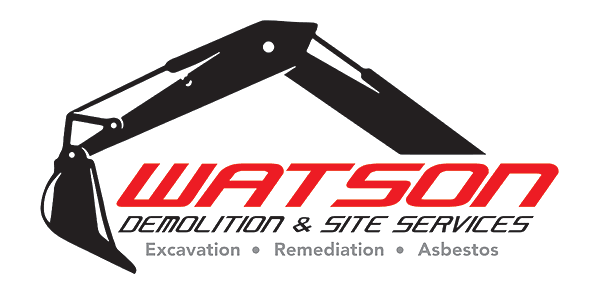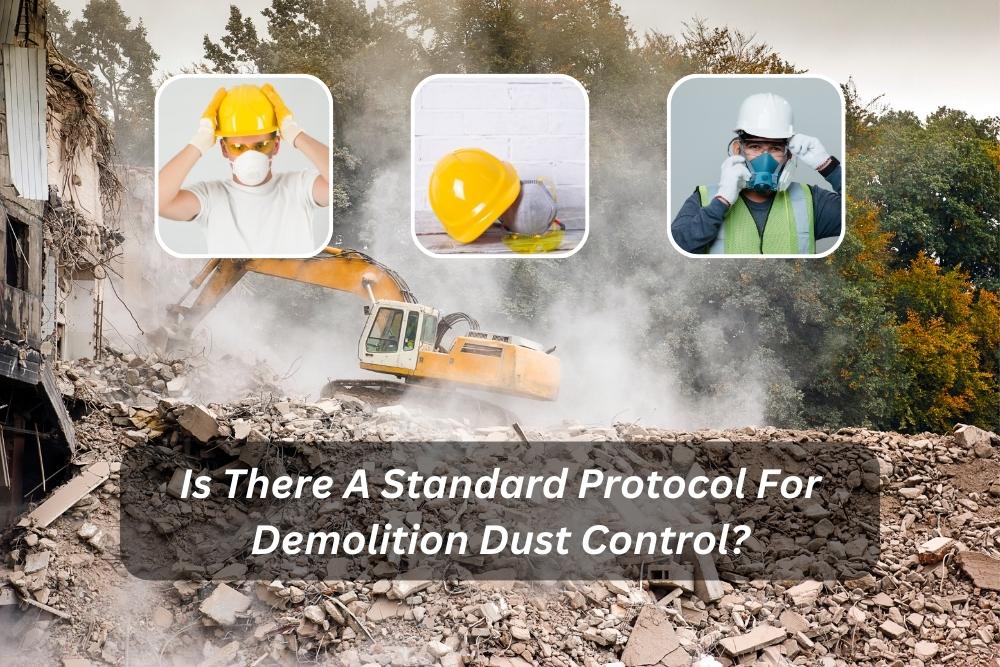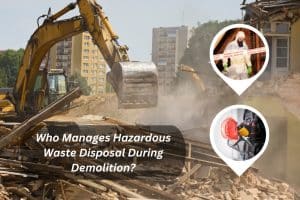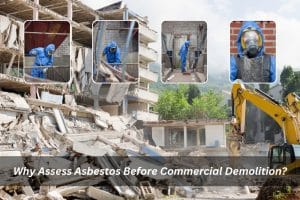Demolition is a common process in construction and renovation projects. However, it can be a dusty affair, and if not managed properly, it poses significant health risks to workers and nearby residents. To address this concern, demolition dust control measures have become a vital part of the construction industry. In this blog post, we will delve into the world of demolition dust, exploring why it’s crucial to control it, the health risks involved, best practices for managing it, various methods and technologies for dust control, how to choose the right approach for your project, and common mistakes to avoid.
What is demolition dust?
Before delving into dust control, it’s essential to understand what demolition dust is. Demolition dust is a byproduct of breaking down buildings or structures. It consists of tiny particles of materials such as concrete, wood, drywall, asbestos, and other construction-related substances. When these materials are disturbed, whether through demolition, drilling, or grinding, they become airborne as fine dust particles.
Why is demolition dust control important?
Demolition dust control is crucial for several reasons:
- Health concerns
Demolition dust is not merely an irritant; it can be harmful to health. Inhaling dust particles can lead to respiratory problems, eye and skin irritations, and even more severe conditions like silicosis and lung cancer. Thus, it’s essential to control the spread of demolition dust to protect the health of workers and anyone in the vicinity of the project.
- Environmental impact
Demolition dust doesn’t just pose health risks; it can also impact the environment. Dust can settle on vegetation, water bodies, and wildlife, causing harm to ecosystems. Controlling dust emissions is necessary to prevent environmental damage.
- Regulatory compliance
Many regions have strict regulations regarding dust control during demolition. Non-compliance can result in fines, project delays, and a damaged reputation.
What are the health risks associated with exposure to demolition dust?
Exposure to demolition dust can have severe health consequences. Here are some of the risks:
- Respiratory issue – Inhaling dust can lead to respiratory problems, especially when the dust contains harmful materials like asbestos. Prolonged exposure can result in chronic conditions like asthma and bronchitis.
- Skin and eye irritation – Contact with dust can cause skin rashes and eye irritations, which can be uncomfortable and hamper work productivity.
- Long-term risks – The most concerning aspect is the long-term risks. Silicosis, a lung disease caused by inhaling crystalline silica dust, can be fatal. Demolition dust may contain these harmful particles, so controlling exposure is crucial.
Does a standardised procedure exist for managing demolition dust?
Yes, there are industry-recognised standards and protocols for demolition dust control. These standards aim to ensure that dust emissions are minimised and that the health and safety of workers and the community are safeguarded.
The specifics of these protocols may vary depending on the location and nature of the demolition. However, common components typically include:
- Dust monitoring: Regular monitoring of dust levels to ensure they remain within acceptable limits.
- Water suppression: Spraying water to control dust by binding the particles together.
- Use of dust control products: Applying dust control products, such as dust suppressants and binders, to the demolition site to prevent dust from becoming airborne.
- Containment and barriers: Erecting physical barriers to contain dust and prevent it from spreading beyond the demolition site.
- Proper ventilation: Ensuring adequate ventilation and air filtration systems to protect workers.
- Proper waste Handling: Safely disposing of demolition debris, especially if hazardous materials are present.
What are the different types of demolition dust control methods and technologies?
Various methods and technologies are available for controlling demolition dust. The choice depends on the scale of the project, budget, and specific requirements. Here are some common approaches:
- Wet methods – They involve using water to suppress dust. This can be done through manual spraying or automated systems. It’s effective for smaller projects or localized dust control.
- Dust Collectors – They use fans and filters to capture and remove dust particles from the air. These systems are particularly useful for larger demolition projects.
- Chemical suppressants – These are applied to the dust source to reduce dust emissions. They can be effective for controlling dust when water isn’t a viable option.
- Vacuum technology – This can be employed to capture dust at the source. It’s commonly used in interior demolition and renovations.
- Encapsulation – It involves sealing or enclosing the source of dust to prevent its release. It’s often used when dealing with hazardous materials like asbestos.
How do you choose the right dust management method for your project?
Selecting the appropriate dust control method depends on several factors:
- Project size
For small-scale projects, wet methods or chemical suppressants may suffice. Large-scale demolitions may require more robust solutions like dust collectors or vacuum technology.
- Materials involved
The type of materials being demolished plays a crucial role. Hazardous materials like asbestos necessitate stricter control methods.
- Environmental concerns
Consider the environmental impact and local regulations. Some methods may be better suited for protecting the environment.
- Budget
Your budget will also influence your choice. Some advanced technologies may be cost-prohibitive for smaller projects.
Consult with demolition experts and environmental consultants to assess your specific needs and choose the most suitable dust control method for your project.
What are some common mistakes to avoid when controlling demolition dust?
Mistakes in demolition dust control can have severe consequences. Here are some common errors to avoid:
- Inadequate planning – Failing to plan for dust control from the outset can lead to problems down the line. Proper site preparation and dust control methods should be part of the project plan.
- Incorrect PPE – Providing workers with the wrong or insufficient personal protective equipment can lead to health risks.
- Neglecting regulations – Ignoring local regulations and environmental requirements can result in fines and project delays. Always stay compliant with the law.
- Inadequate training – Workers need to know how to use dust control equipment effectively. Inadequate training can render these measures ineffective.
- Insufficient monitoring – Regular monitoring of dust levels is crucial. Neglecting this can lead to dust control measures becoming less effective over time.
Conclusion
In conclusion, demolition dust control is a critical aspect of construction and renovation projects. It’s not just about preventing a nuisance; it’s about safeguarding the health of workers and the environment. By understanding the risks associated with demolition dust, implementing best practices, choosing the right control method, and avoiding common mistakes, you can ensure a safer and more environmentally responsible demolition process. Prioritising dust control not only protects your project but also the well-being of those around it.
In the world of construction and demolition, where dust control is paramount, Watson Demolition & Site Services stands out as your trusted partner. We can help you achieve your project’s success. Our commitment to impeccable site preparation, cutting-edge dust control technologies, and a dedicated, well-trained team ensures your project’s success while prioritising the health and safety of all involved. Whether it’s a small-scale renovation or a large-scale demolition, our experts will work closely to align with your specific needs and budget. Don’t compromise on the well-being of your workforce or the environment; choose Watson Demolition & Site Services for a cleaner, safer, and more efficient demolition process. Contact us today to explore how our services can benefit your project. Your success is our mission.



